THE NECESSARY EQUIPMENT
To complete this tutorial, you will need the following supplies:
- 1 piece of CLASSIC natural vegetable tanned collar leather - Thickness 2.5 mm (maximum 3 mm) - 30 x 40 cm
- 1 T3 rivet in aged brass finish
- 1 tin of Hi-Liter metal spinning dye - Fiebing's
- 2 pots of leather dye - Fiebing's Leather dye - Color Fawn and Black
- 1 pot of 250 ml of liquid neoprene glue
- 2 saddler needles - Round end - Size 2/0
- 1 set of 3 Deco Leather punching claws - Center distance 3 mm
- 1 box of 8m of waxed linen thread MeiSi super fine M50 - 0.55 mm - COFFEE - MS002
- 1 Deco Leather beeswax bar - 50 grams
- 1 jar of Tokonole - Finishing gum for leather - 120g
- 1 stamp on TANDY LEATHER handle - Beveler large grid 7 mm - 6802 - B802
- 1 stamp on OKA handle - Basketweave bundle bias – 11 mm (REF X510)
- 1 OKA handle stamp - Border - D606
- 1 stamp on OKA handle - Camouflage 4.6mm - C770
And the following material:
- 1 cutter
- 1 Deco Leather paring knife
- 1 compass
- 1 abrasive sponge
- 1 pot for preparing leather for modeling - Eco-Flo Easy Carve concentrate
- 1 PRO Adjustable Swivel Opening Knife - Swivel - With 7/32" Fixing Blade - OKA
- 1 maul
- 1 marble
- 1 mallet
- 1 straight edge T2
- 1 diamond awl
- 1 round awl
- 1 block of cork
- 1 saddle clamp
- 1 joiner's hammer
- 1 glue grater
- 1 cookie cutter 3mm
- 1 T3 rivet set
- 1 brush / sponge
- 1 smoother
TUTORIAL VIDEO
1. PATRONAGE
Option A: Case with a pleat on the back
Place your knife on a sheet folded in 2. Draw an axis and place the edge of the knife on the back and on the edge of the axis. Fold the knife to the side and trace the contours. Then make the symmetry on the other axis of the sheet.
Add at least 5 mm of margin on the contours of the knife.
 |
 |
Option B: Two-piece case flat
For this tutorial, we chose to make this second option: a case in two flat pieces.
Trace the contours of the knife on a sheet.
Take the thickness of the knife (here 15 mm at the strongest). Divide this figure by 2 (i.e. 7.5 mm here) and add 1.5 mm (i.e. 9 mm here).
Add the 9 mm around the pattern drawn on the sheet.
Warning: do not take into account the roundness of the handle otherwise the blade of the knife will not pass through the sheath. Indeed, the blade is often wider than the handle (see 3rd photo).
 |
 |

At the level of the handle, the shape of the case varies according to your desires! Here we have made a rounded shape.
The best is to make or transfer your pattern on cardboard. 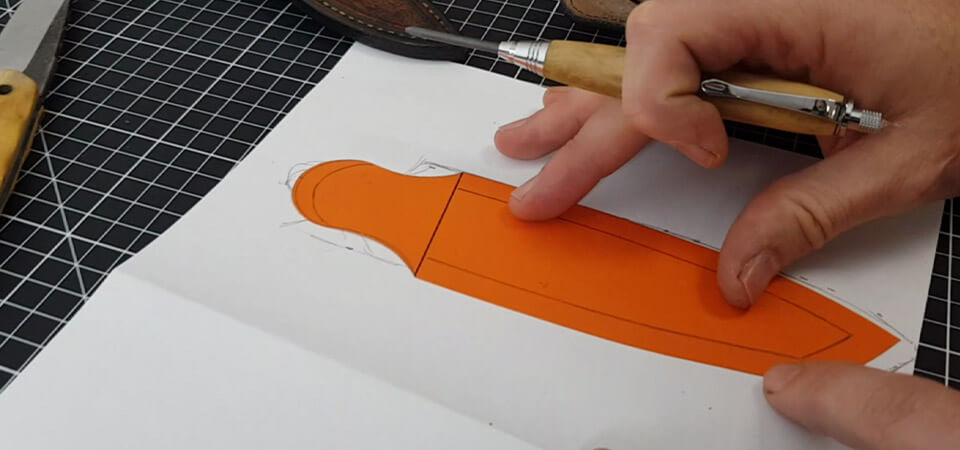
The martyr piece
The martyr piece will be used to protect the seam during the passage of the knife blade. It corresponds to the margin added around the pattern (here the 9 mm), it will be a "hollowed" piece. It stops about 4 cm above the knife blade.
 |
 |
Patronage of the belt loop
Then work the loop to be able to hang the case on your belt. The loop measures approximately 20 cm in length and at the widest point 3.5 cm in width. The width of the loop is to be defined according to the thickness of the blade (so as not to interfere with the sewing). 

2. TRACE THE PATTERN ON THE SPLIT SIDE OF THE LEATHER
Trace the pattern twice on the split side of the vegetable tanned leather (thickness 2.5 mm). Be careful to turn the pattern in both directions to make the symmetry of the two pieces. Then trace the loop and the martyr piece (it will be hollowed out later). 
3. CUT THE LEATHER PIECES
Cut the 4 pieces with a cutter or a knife. Always keep the cutting tool straight and do not cut everything all at once. 
Hollow out the martyr piece by drawing a line 8/9 mm from the edge (inside) using a dry-point compass. Then, cut the martyr piece.
 |
|
For the loops of the loop (in the shape of an ogive end), use a cookie cutter to have a cleaner cut.
Then, lightly sand the edges and trim the ends of the loop to avoid having too much leather. 
4. ABAT-CARRER PASSANT
Abat-carrer the slices of the loop on both sides (flower and crust). On the crust side, square off only the straight lines because the pointed ends will be sewn). 
More information on the use of the edge protector here:
SEE THE GUIDE >
5. WORK THE ROUNDINGS
Work the curves of the main parts with an abrasive sponge. 
6. TRACE THE SEWING LINE
Trace, using the drypoint compass, the seam line on the 2 main pieces because it will be a seam with a double scratch.
Take as a reference the distance between the edge and the center of one of the sides of the martyr piece to know where to draw the seam line.
 |
|
7. DRAW THE DECORATION LINE
Still using the drypoint compass, draw a decoration line located 3 mm from the seam line. It will be the boundary for the pushback work.
*Draw only one line on the loop. 
8. LEATHER PUSHING WORK
Moisten the leather with a modeling preparation (here mixture of water and easy carve). Then open the decorative line with a swivel knife.
WHAT IS LEATHER PUSHING >

Push the leather back onto the decorative line with the Beveler coarse grid stamp (Ref: 6802) . Do not try to have too much depth: only a line of demarcation in relation to the seam.
 |
|
Basketball technique:
Moisten the leather again with the mixture of water and easy carve. Then draw (with a plotter) a reference line using 2 points.
Position the stamp on the handle ( Basketweave fagot bias 11mm - X510 ) as close as possible to an edge. Then hit the stamp on each side of the line. Be careful to tilt it well at the edges so as not to exceed the decorative line. Have a maul heavy enough not to have to tap twice.
To learn the Basketweave technique, watch the video between minutes 12:35 and 19:03.
 |
|
To fill in the gaps on the edges, use the handle stamps: Border 12.5 mm - 6606 and Camouflage 4.6 mm - C770 .
Do not forget to carry out the same work on the loop. 
9. POSITION THE PASSENGER
Using a round awl, mark the position of the rivet on the main piece (which will hold the top of the loop). Then, pierce the leather with a 3mm cookie cutter.
Mark the position of the loop on the leather then use a rasp to facilitate attachment when gluing the loop to the leather. 
10. PATINATE THE LEATHER
Put a patina on the leather to bring out the embossing. Here we are using Fiebing's Hi-Liter Spinning Dye.
Start by slightly moistening the leather (with water only). Then place the Hi-Liter on the leather with a pad. Wipe the surface with a cloth and allow to dry. 
11. WORK THE SPLIT SIDE OF THE LEATHER
The ideal way to work on the split side of the leather would be to tint it with an airbrush so as not to soak the leather and "stain" the grain side. Here we are using Leather Dye Tan .
If you do not have an airbrush, we advise you to work the crust side only with Tokonole (black, brown or neutral).
For more information on dyeing leather with an airbrush, see our guide:
SEE THE AIRBRUSH GUIDE >

12. MARK THE STITCHES
Mark the stitching points with punching pins with a center distance of 3 mm .
Given the thickness to be sewn, we have chosen to make a saddle stitch seam with double dogging (to have a nice slanted stitch on both sides). Scratch the 2 pieces of leather and exceptionally: start scratching the second piece on the left.
At the level of the handle of the knife, there will be a decorative seam: scratch this part last. 
13. PIERCE THE SEWING HOLES
Using a cork block and a diamond awl: drill the sewing holes. At the time of sewing, there will only be the martyr piece to be pierced (located between the 2 main pieces). 
14. MAKE DECORATIVE SEWING
At the level of the handle, square the slices on the flower side and on the rind side. Then do the decorative stitching.
Here we have used Meisi linen thread (M50) in coffee color and Size 002 needles. Start by cutting a thread 4 to 5 times the length of the surface to be sewn then thread a needle on each end of the thread.
To learn about the technique of threading the needles and saddle stitch sewing, consult our guide:
SEE THE GUIDE >
 |
|
15. WORK THE PASSBY
Work the edges of the loop with tokonole. Mark the position of the rivet on the loop, then pierce the leather. Fit the T3 single cap rivet using the appropriate fitting tool.
With neoprene glue, glue the two ends of the loop together. Then, glue the loop in the place provided on the main part. 
16. SEW THE LOOP
Mark the sewing points with the punching claws (center distance 3 mm). Then, pierce the stitching points with a diamond awl and a block of cork (cross the 3 layers of leather).
Make a double seam (2 turns) to reinforce the fastener. Remember to hammer the seam well to prevent the threads from sticking out and the blade of the knife from getting caught in it.  PS: Be careful, don't do like us: remember to clean your workspace well so as not to "stain" the leather after dyeing.
PS: Be careful, don't do like us: remember to clean your workspace well so as not to "stain" the leather after dyeing. 
17. GLUE THE MARTYR PIECE
With neoprene glue, glue the martyr piece edge to edge on the main piece. Cut the excess leather and check the thickness of the knife with the thickness of the martyr piece.
Before gluing the second part, sand the flower part of the martyr part to facilitate the adhesion of the glue.
Then glue the second piece edge to edge on the martyr piece. 

18. LAST SADDLE STITCH
Still using double scribbling and saddle stitch sewing, sew the knife sheath.
Finish the seam with 3 bar tacks and bring out the thread in the edge. 


19. WORK THE SLICES
Even out the slices with a cutter then sand and abat-carrer. Sand again to round off the edge. 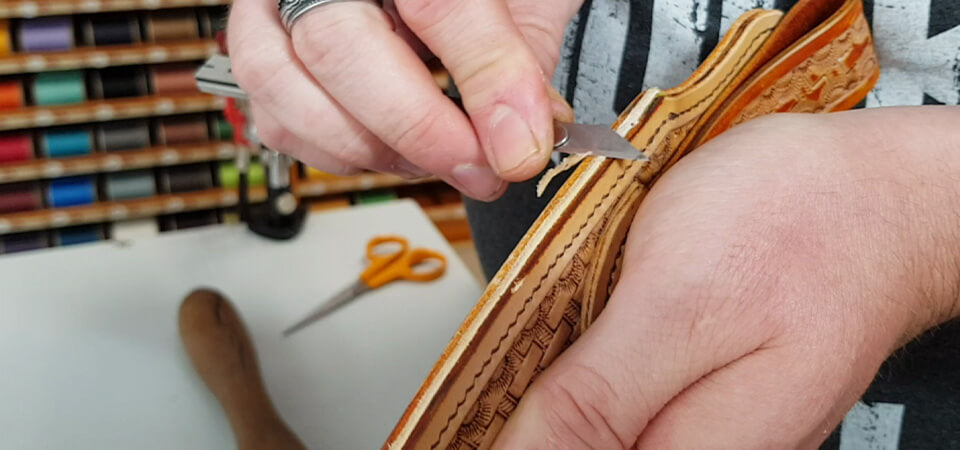
20. MOLD LEATHER
Start by putting the smoother in the knife case.
Protect the knife with plastic wrap. If the blade is made of steel, it must be well protected (here stainless steel blade). Then moisten the inside of the sheath with water before placing the knife there.
Mold the shape of the handle by pressing with your fingers. 
21. TINTING THE LEATHER
Tinting the leather with an airbrush or a sponge.
Here we start by airbrushing a coat of "Leather DYE Tan Fiebing's" leather dye. Then we use Fiebing's "Leather DYE Black" dye for the edges and ends of the case.
To learn more about dyeing leather, see our guide:
SEE THE DYE GUIDE >


22. WORK THE SLICES
Apply tokonole on the edge of the knife sheath and smooth with the smoother to make it shine. 
23. NOURISH AND PROTECT LEATHER
Put 100% neatsfoot oil on the case and let it penetrate.
The next day, waterproof the leather or apply varnish (eg RESOLENE from the Fiebing's brand). 
YOUR KNIFE CASE IS COMPLETE!
After several months, the leather will acquire a patina. 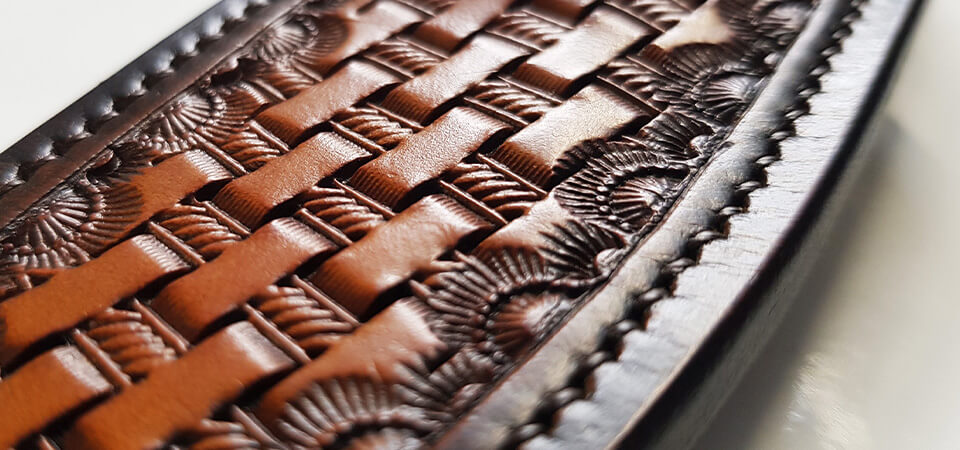


With the participation of the leather craftsman Anthony Hervy (©nocam_cuir).
SEE HIS INSTAGRAM >









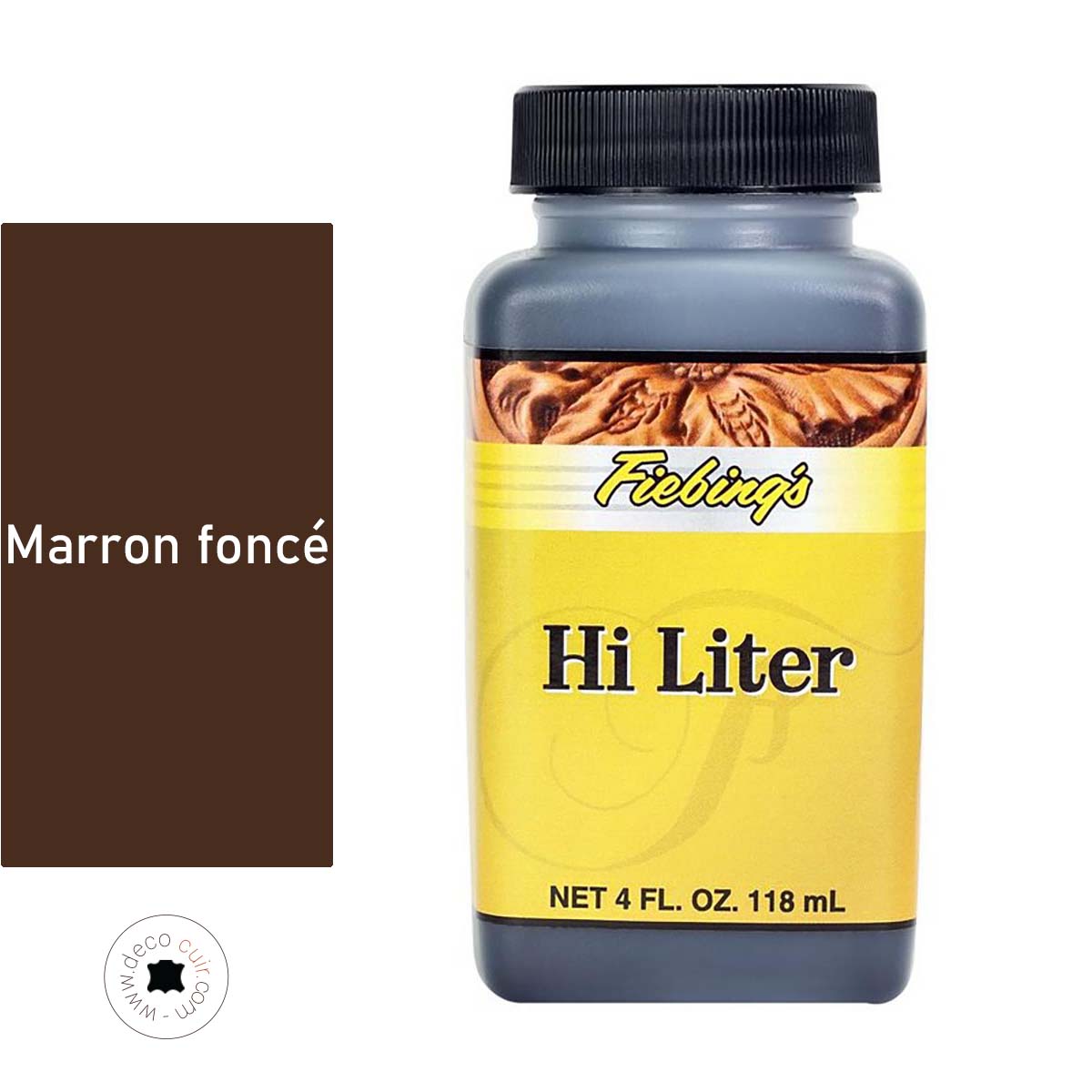

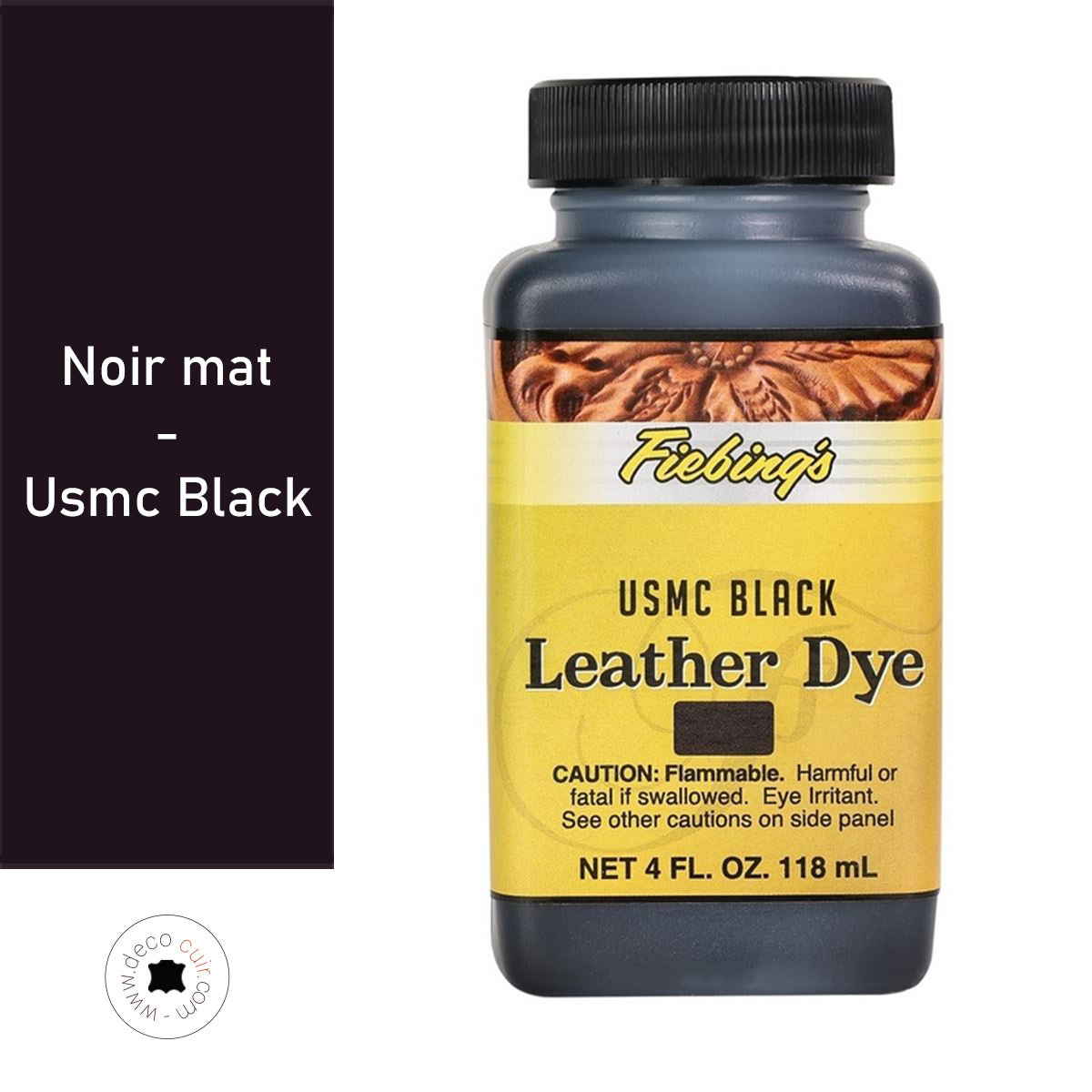


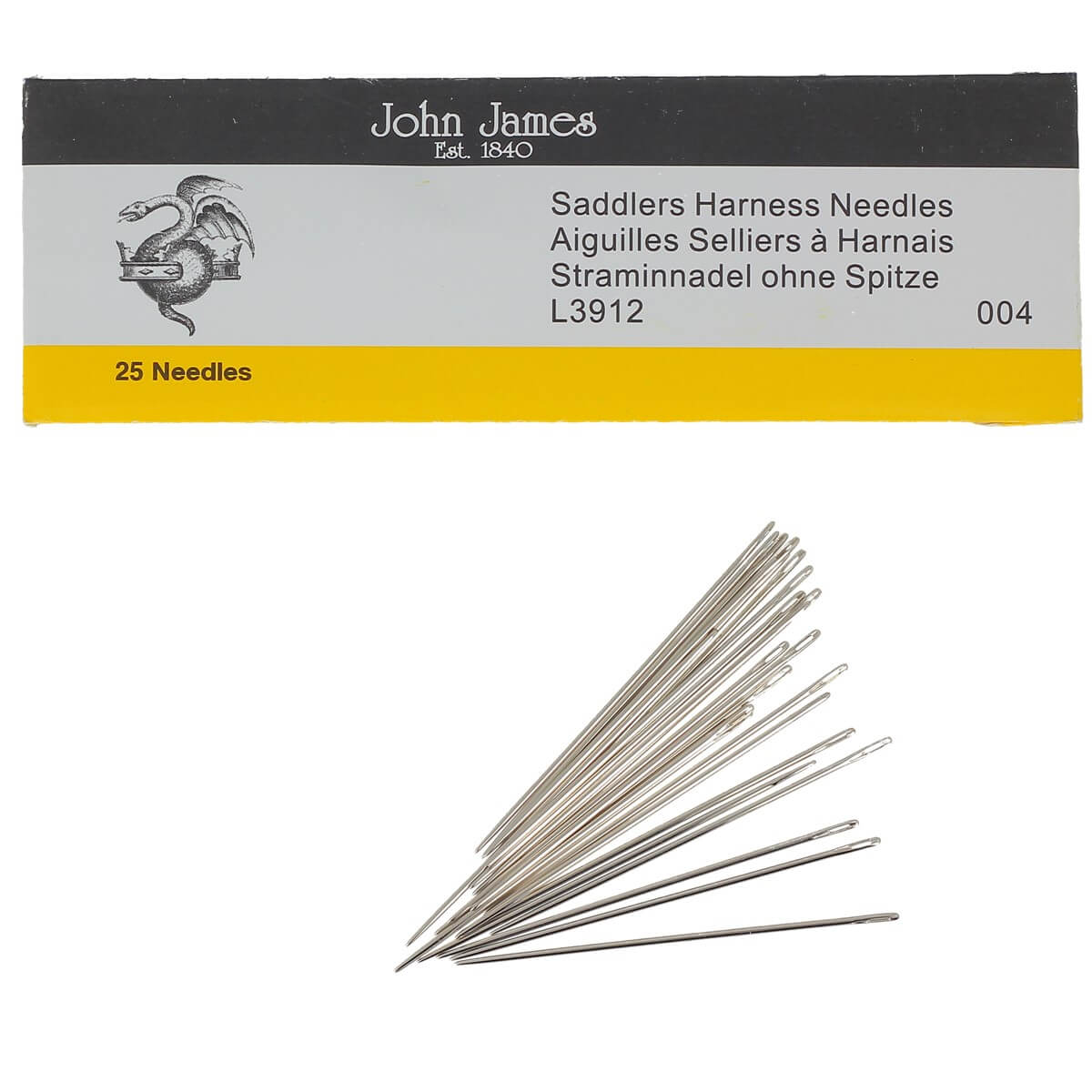
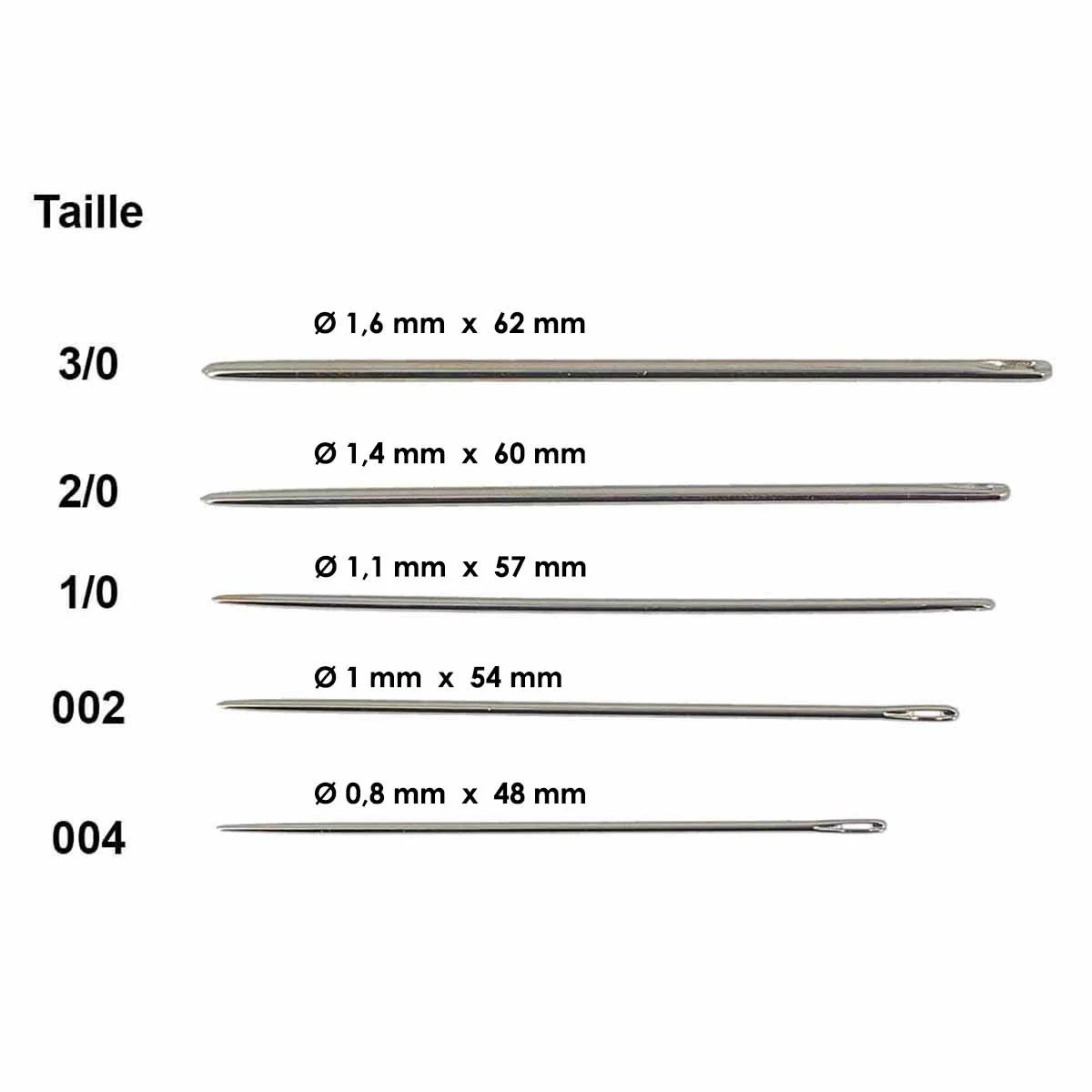






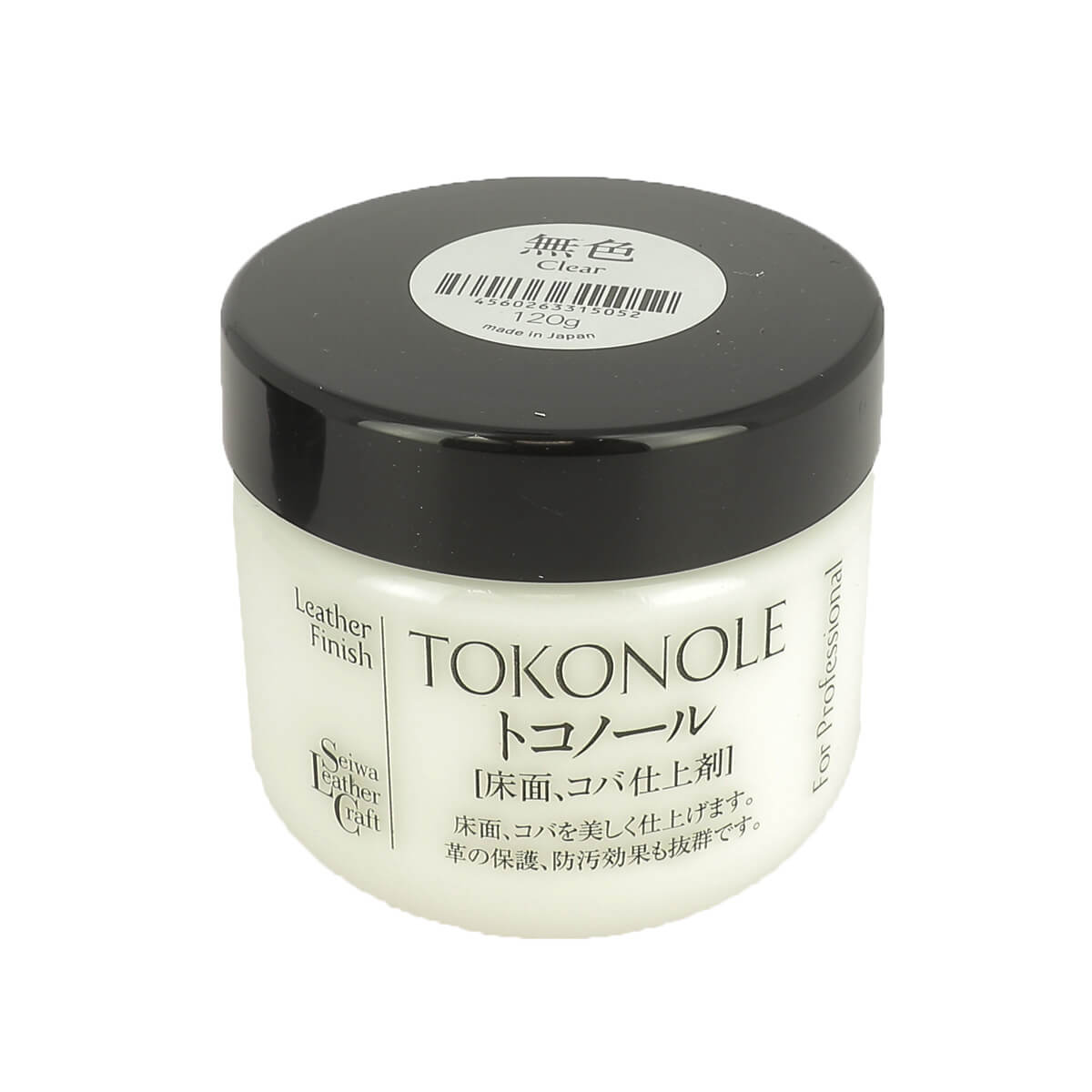



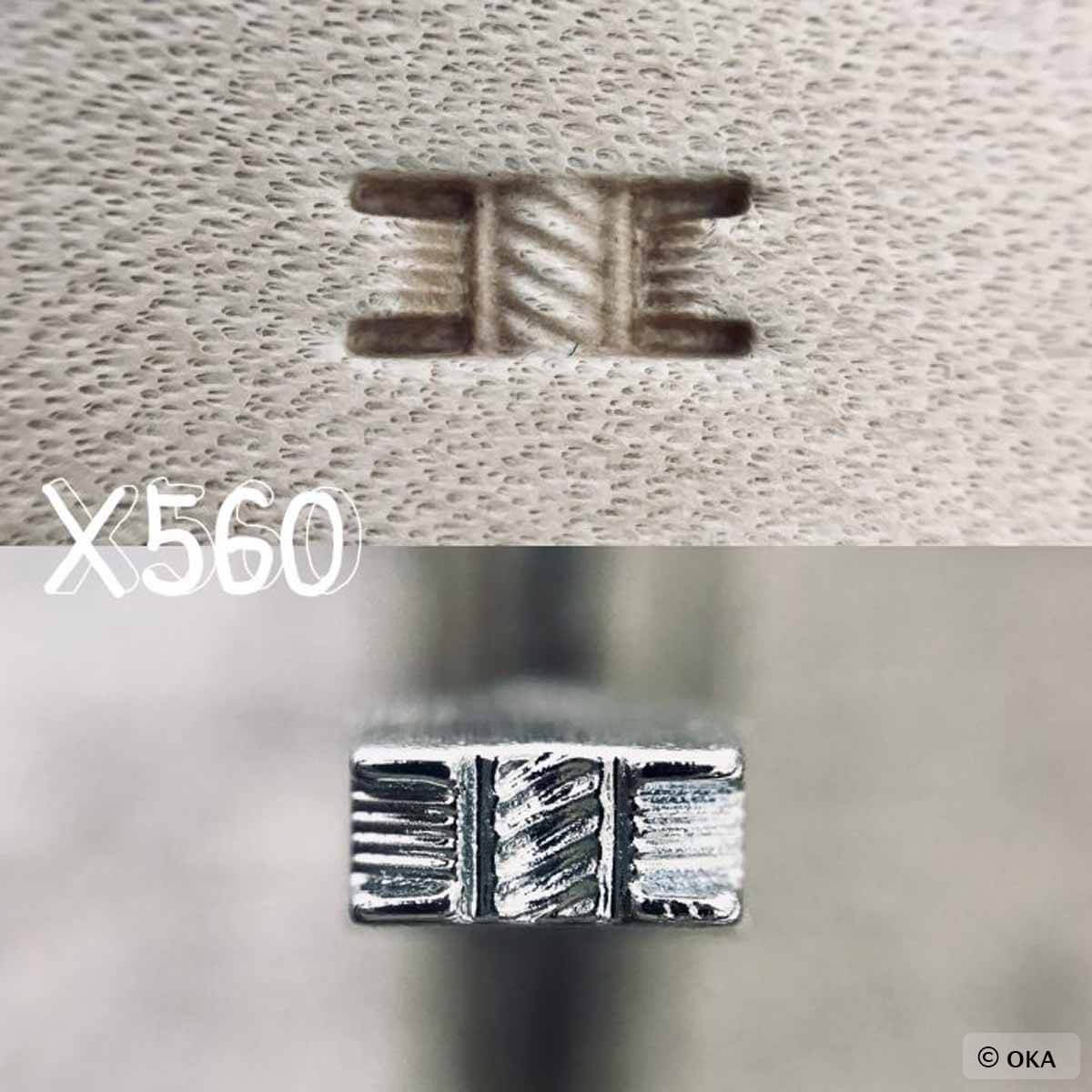






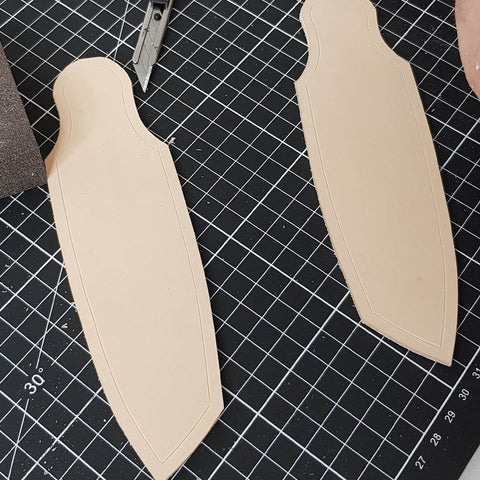







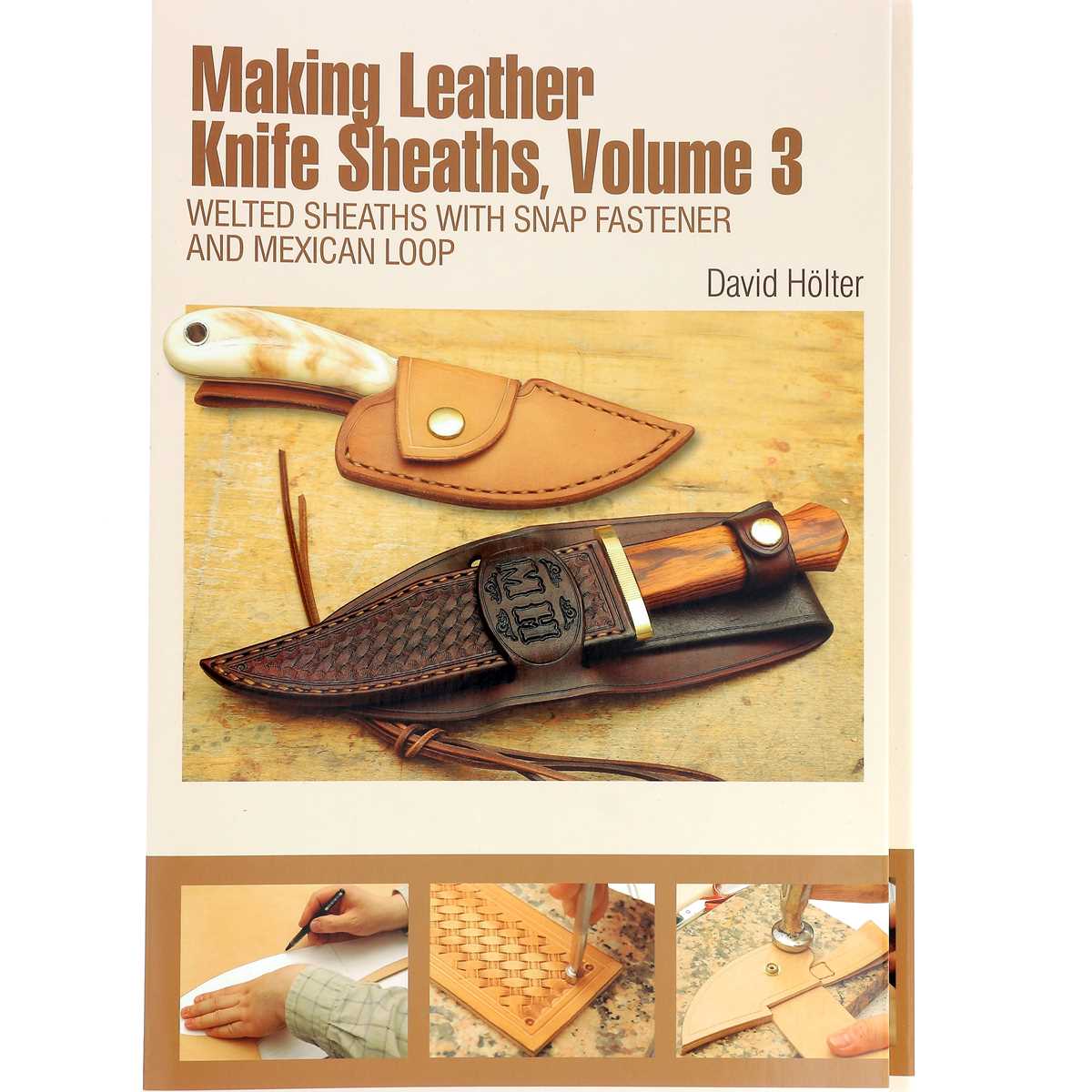






1 comment
Anonymous
Merci pour ce tutoriel très complet !